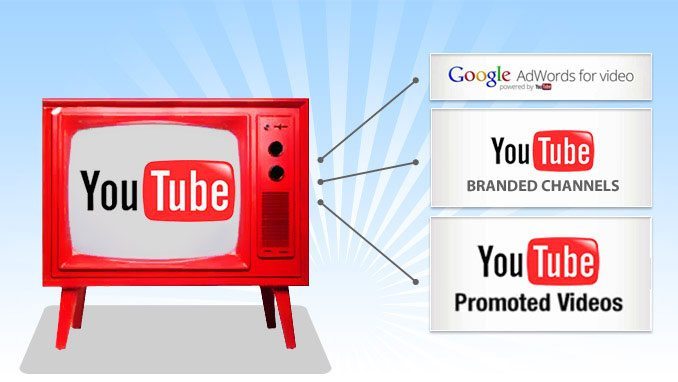


Getting smart about email marketing doesn’t mean knowing all the answers. It means knowing what makes email marketing work and what type of resources you need to build something effective. Here’s what you need to know about the seven key truths of email marketing.
Email Has Evolved into a Cornerstone of Our Lives
Omniture reports that more than 21 trillion emails were sent in the United States in 2007. These were, by no means, all marketing-based messages. One of the key truths about email you need to retain is that email marketing is just one small facet of a standard person’s “email life”. People use email today for many purposes, both personal and business.
When you think about email, you must not think about it in the context of a campaign or a single effort, or even as marketing. You must think about it as an extension of personal and life-related communications. This will ensure that your design efforts consistently create a strong brand impact and a sense of personalized loyalty and interest among your readers.
Email Marketing Best Practices Change, All the Time
This is one truth that will help you maintain an edge over your competition. Think about it: When email marketing first started, the world was a different place. Email marketing was new, list growth was simple, spam was a type of meat, and the best practices written at the time did a great job of covering what to do in that environment. Even as recently as early 2008, changes in the way that email unsubscribes are handled were introduced to ensure that the perception of email marketing remains positive.
What this means to you is that you must always look at the dates of research, case studies, and best practices and hold them up to the standards of the current day’s trends.
Any Type of Messaging Done Electronically Is Email Marketing
Even today, there is still a perception that email marketing is one channel, mobile marketing a second, RSS a third, and even social networking a fourth. In these instances, many companies treat these as separate marketing channels. In today’s online world, it is becoming increasingly difficult to keep these channels separate because they each act as drivers to the other.
Basically, any message sent electronically is considered email marketing
Why is this a truth you need to know? It’s because the lines among these types of messaging channels will continue to blur as time goes on, and soon the world will rely on “personal messaging” regardless of the location or the device. These media are all driven through Internet channels and require permission and selection of message interests/types. This means everything you are thinking about for email will also become critical to future messaging strategies for your company so you must choose wisely.
Email Addresses Mean Money; Don’t Ignore Your Non-responders
Most marketers rarely builds programs to monitor and target those people who provide them their email address but never respond to an email they send or just remove them from their list after a certain time. Research has indicated that less than 50 percent of a list will ever respond to email campaigns. Another research shows that even if someone on your list is not responsive, once they have provided an email address, they will purchase 150 percent more than those who shop at your company but do not opt in.
This means your list value has expanded. It is worth more than just the opens and clicks it drives. You should always plan to evaluate the purchase or response power that people on your list provide through all channels to identify their value.
This Is Not “The Farmer in the Dell”
Remember that grade-school song? The last line is, “The cheese stands alone”. That’s not a smart attitude for email marketing. Many people in marketing assume that email marketing is similar to the “cheese” in this song – a stand-alone messaging channel that drives revenue and strengthens relationships. The truth is, elements of email marketing live in every aspect of our messaging world. Forms sit on websites, capture points happen both online and offline, banners drive to landing pages with forms, and searches drive to deep pages that encourage engagement.
If email stood alone, none of these would be relevant. But for successful email marketing, you cannot afford not to think about all the touch points of your email marketing campaign.
Technology Partners Often Act Like Military Members
In email marketing technology, vendors can be tremendously helpful partners. That said, it has often been our experience that technology partners can easily slip into a “don’t ask, don’t tell” mentality. Many times, these partners wait for you to ask for a service, feature, or support effort before they provide it to you. The problem with that is that if you don’t know what you are missing, you don’t know what to request. Read the case studies on technology partners’ sites – not just your own technology partner but the top ten technology partners. By doing so, you will be able to see, in context, what types of services and features you should and could be getting out of your partner.
Don’t allow the money you spend in this area to provide you with just the basics. Push for ultimate service and support.
Ignore the Rules (Except the Law)
Learn more from your mistakes in email than you do from your successes. In most cases, the best mistakes you make are not planned. When you don’t have productive mistakes to learn from, ignoring the rules and trying something crazy to see how it flies can work pretty well, too. Not that you should ignore the law. You definitely shouldn’t. But, you should think of new ways to share emails and try them with a sample of your database.
Some of the most successful “rule-breaking campaigns” of the past have included the following:
- Creating an email that scrolls sideways
- Sharing an “unsubscribe” confirmation landing page that offers ways to opt back in
- Posting a call to opt in at the end of a video on YouTube
- Sending an email with a blank subject line




